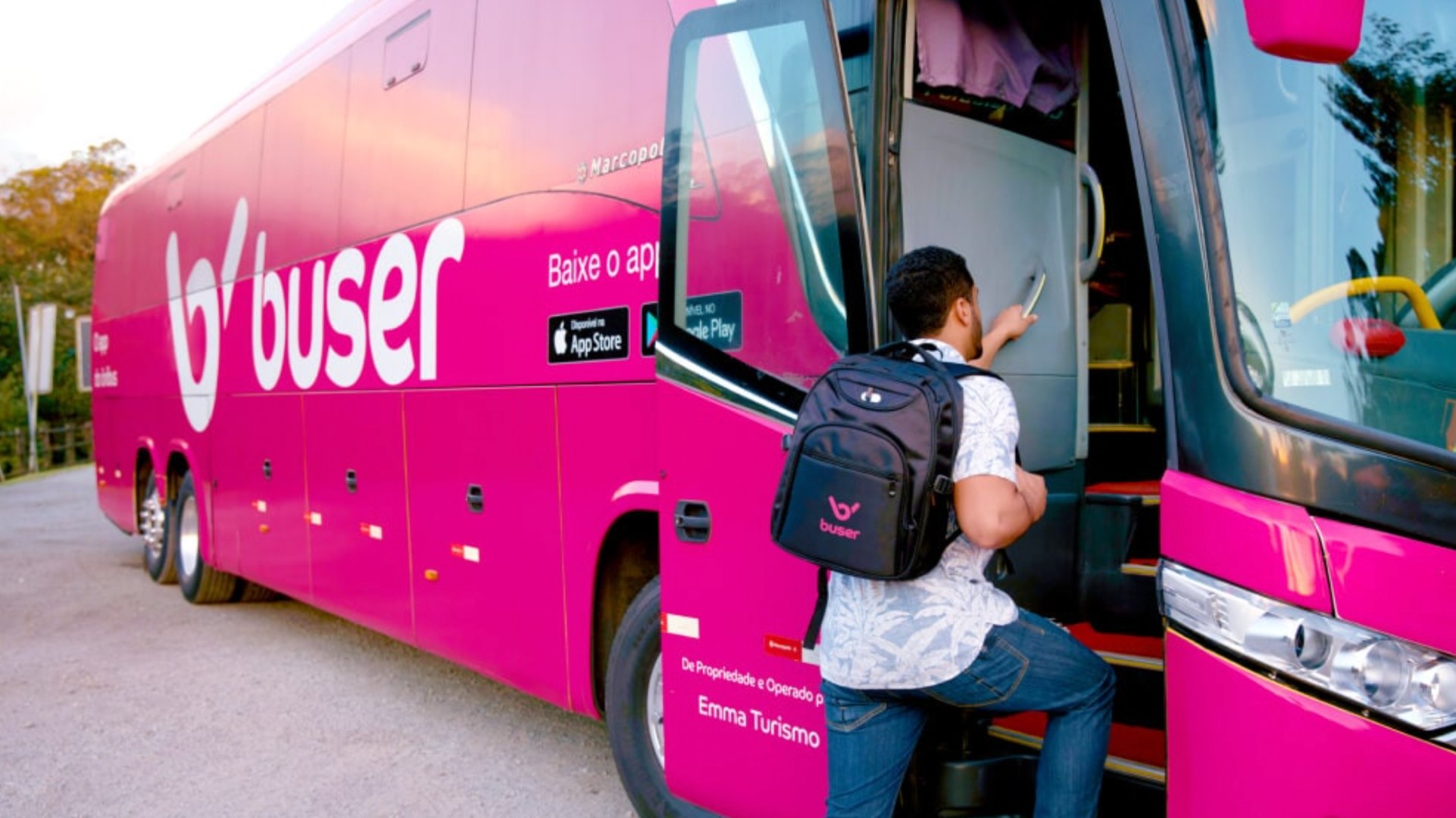




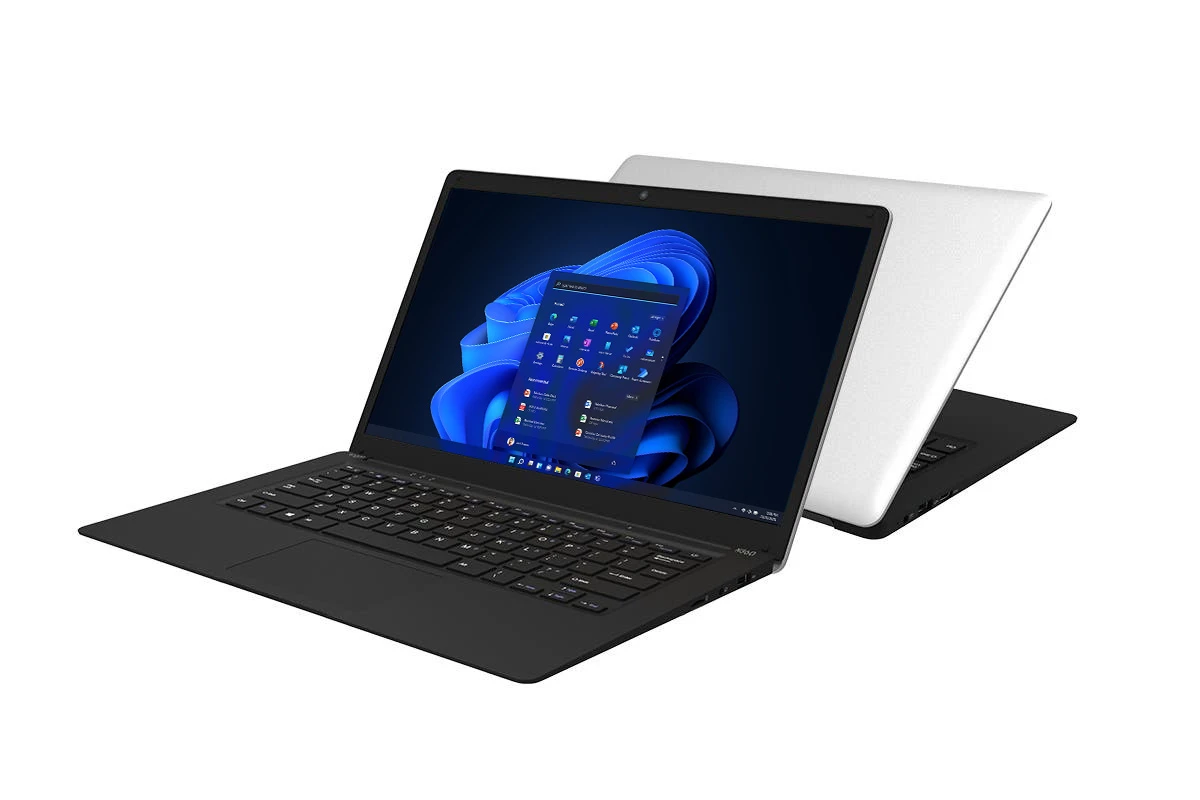


Tucked away in the Rif Mountains of northern Morocco, Chefchaouen is often described as one of the world’s most picturesque towns. Known as the “Blue Pearl of Morocco,” this small city is famous for its mesmerizing blue-painted streets, which create a serene and dreamlike atmosphere that feels worlds away from Morocco’s bustling cities like Marrakech or Casablanca. But beyond the captivating hues of its medina, Chefchaouen offers visitors a harmonious blend of culture, history, nature, and hospitality.
Whether you seek photography opportunities, cultural immersion, or simply a relaxing escape into tranquil surroundings, Chefchaouen delivers. This detailed guide from FindDestinations.com will help you plan a memorable visit to this enchanting Moroccan gem.
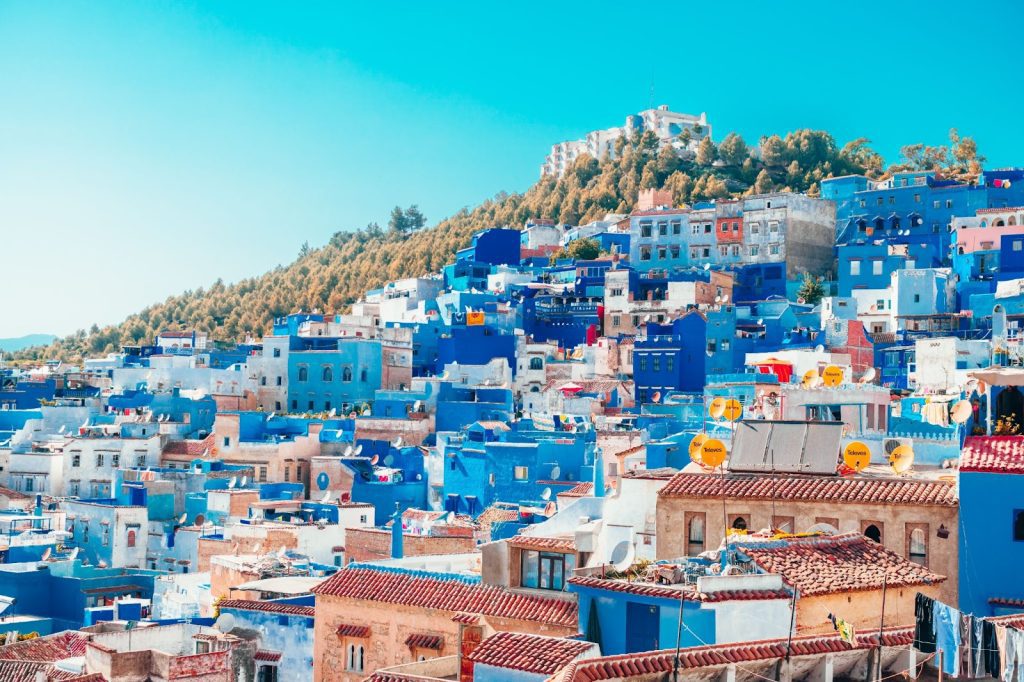
Founded in 1471 as a small fortress to fend off Portuguese invasions, Chefchaouen’s history reflects the complex tapestry of Andalusian, Jewish, Berber, and Arab influences. The city became a refuge for Muslim and Jewish communities expelled from Spain during the Reconquista, which influenced its architecture, cuisine, and traditions.
The reason for the blue-painted streets is debated. Some say it symbolizes the sky and heaven, bringing spiritual comfort. Others believe the color helps repel mosquitoes. Regardless of its origin, the blue hue has become an integral part of the town’s identity and global allure.
Chefchaouen remained largely isolated from the outside world until the 20th century, which has allowed it to preserve its unique character. The Spanish influence remains strong, particularly in the architecture and language. The town’s ambiance reflects a laid-back blend of Mediterranean charm and North African heritage.
Cultural Highlights:
Traditional Crafts: Handmade wool garments, woven blankets, leather goods.
Cuisine: Tagines, goat cheese, olives, and mint tea.
Religion: Predominantly Muslim, with beautiful mosques and a tranquil, respectful ambiance.
Festivals and Traditions:
Eid Celebrations: Marked with communal prayers, feasts, and festivities.
Moussem: Annual local festivals celebrating saints and religious figures.
Andalusian Music: A significant cultural element, often performed live in cafes and squares.
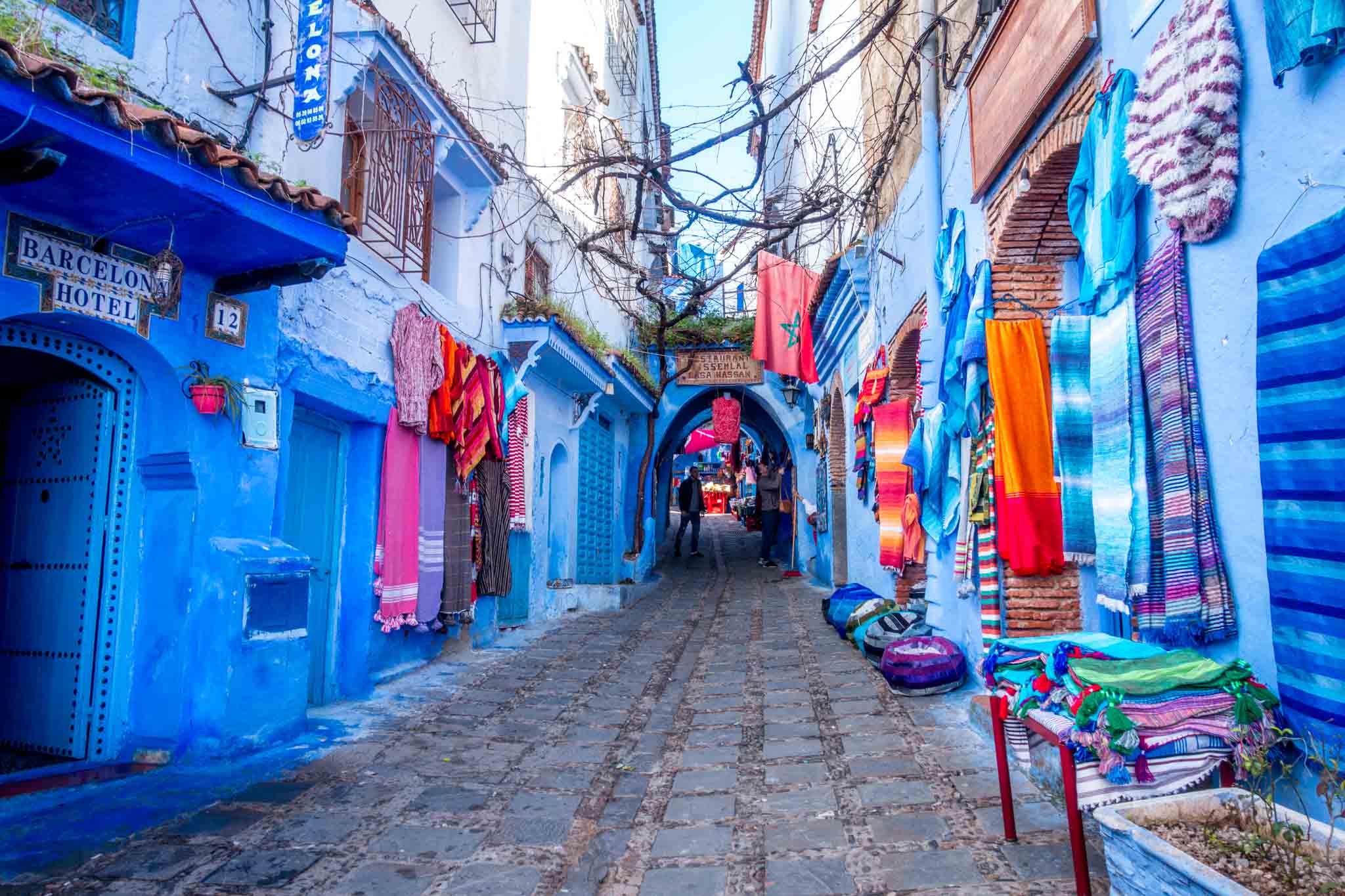
The medina is the heart of Chefchaouen’s charm. Narrow, winding streets lead you past blue-washed houses, doorways adorned with vibrant flowers, and artisan workshops. It’s a haven for photographers and those who enjoy aimless exploration.
Highlights:
Rue Outa Hammam: The main square with lively cafes and restaurants.
Hidden staircases and quiet courtyards.
Artisan shops selling woven goods, pottery, and jewelry.
Each alley offers something unique—a new shade of blue, a cat lounging lazily, a hidden doorway revealing lush inner courtyards. Walking through Chefchaouen’s medina feels like stepping into a living painting where the shades of blue soothe the soul.
Shopping Tip: Don’t rush. Engage with local artisans and learn about their crafts, whether it’s handwoven rugs, leather goods, or ceramics. Bargaining is expected but should be done respectfully.
The city’s central square, Plaza Uta el-Hammam, is surrounded by cafes and the Grand Mosque, featuring distinctive octagonal minarets. It’s a perfect place to relax, people-watch, and enjoy traditional Moroccan tea while soaking in the town’s ambiance.
The square is lively in the evenings, with locals gathering to socialize, musicians performing traditional Andalusian music, and children playing. It’s an excellent spot to feel the rhythm of daily life in Chefchaouen.
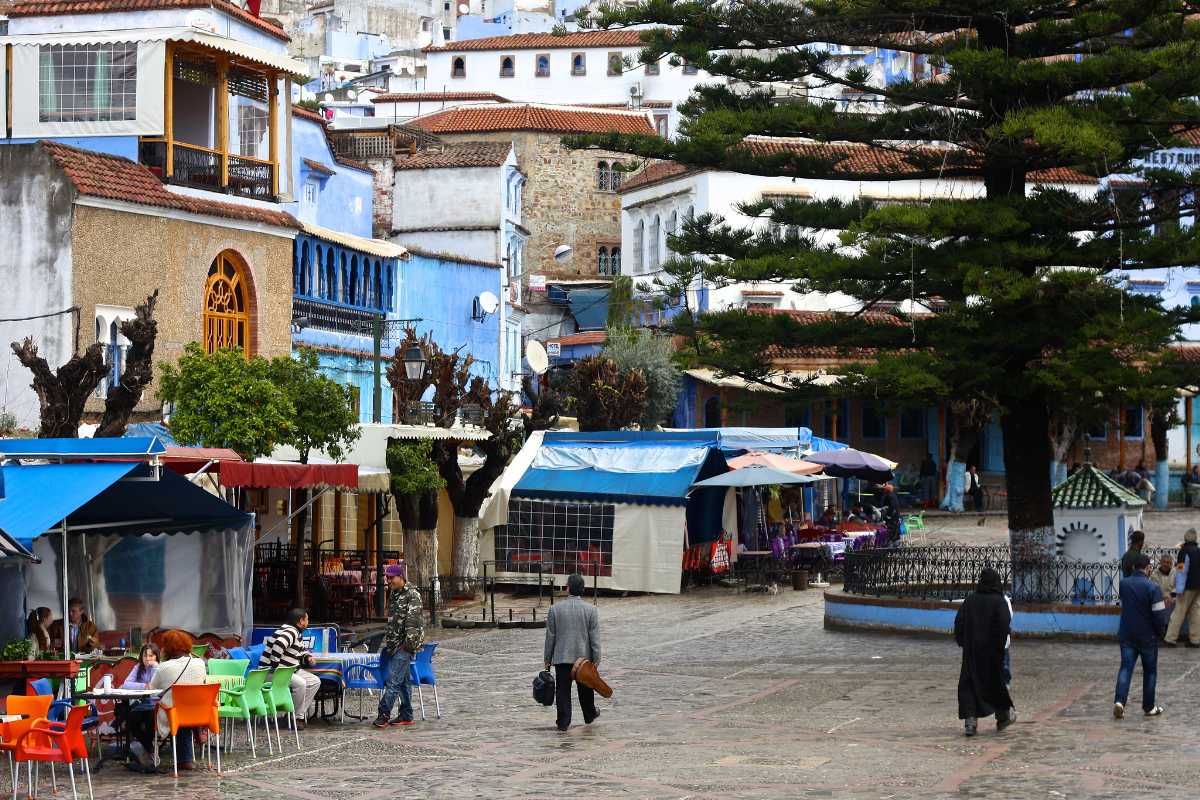
The Kasbah is a restored fortress with lush gardens and a small ethnographic museum showcasing the region’s history, art, and crafts. Climb the tower for panoramic views over the blue medina and surrounding mountains.
Inside the museum, you’ll find fascinating exhibits on local Berber tribes, traditional crafts, and historical artifacts. The gardens provide a serene space for contemplation amidst fragrant orange trees and fountains.
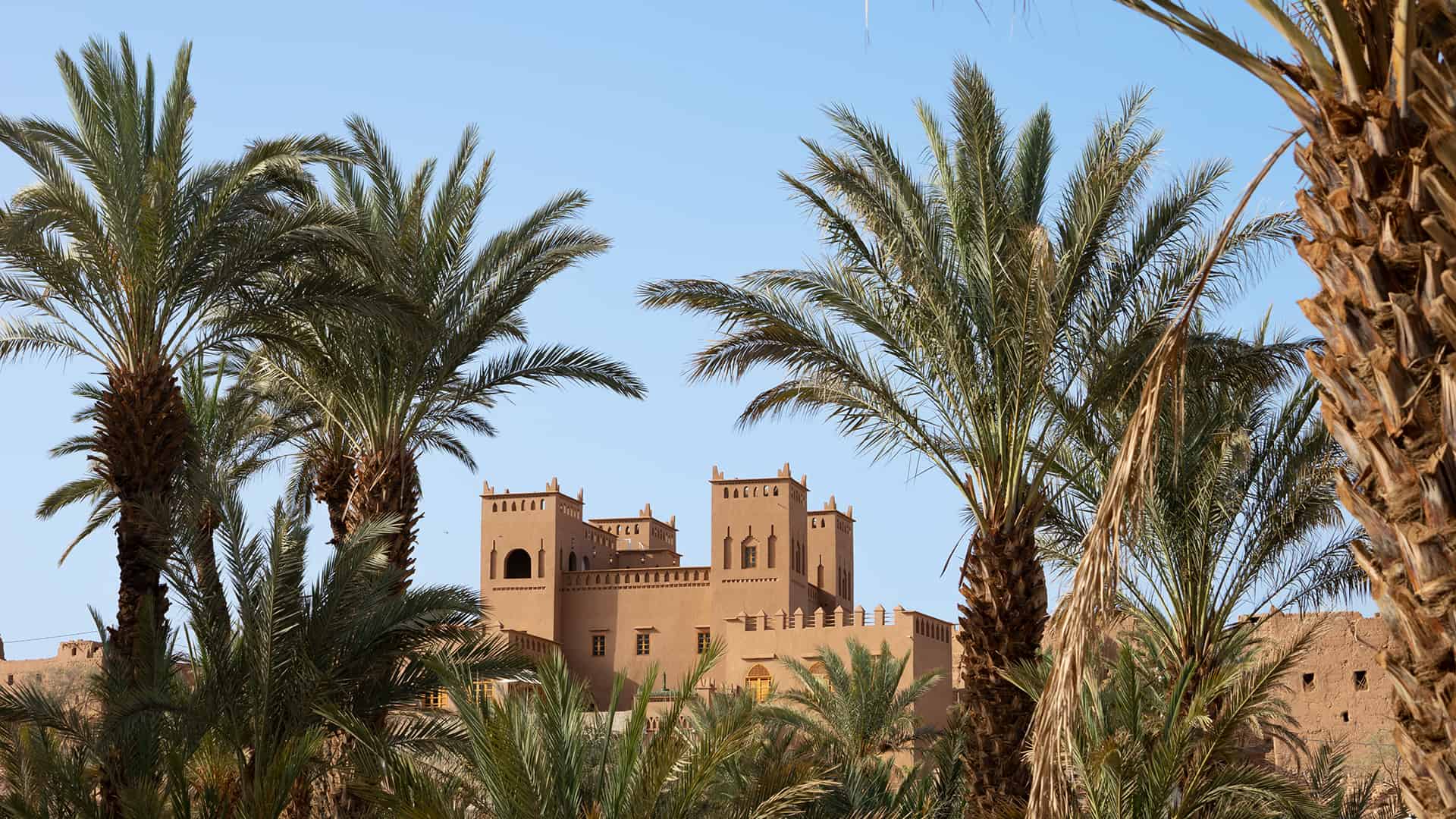
Located just outside the medina’s eastern gate, Ras El Maa is a small waterfall where locals gather, and women often wash laundry in traditional fashion. It’s a peaceful spot to cool off and enjoy nature. Nearby, cafes serve fresh orange juice and snacks.
The sound of rushing water combined with the cool breeze from the falls offers a refreshing contrast to the heat of the medina. It’s also a gathering point for locals, adding an authentic slice of daily life to your visit.

A short hike from the medina leads to the Spanish Mosque, offering one of the best panoramic views of Chefchaouen, especially at sunset. Built during the 1920s, the mosque itself is often empty but serves as a peaceful lookout.
Watching the sun set over the blue town, with the Rif Mountains silhouetted in the background, is one of the most rewarding experiences in Chefchaouen. It’s a moment of quiet reflection amid nature’s beauty.

Chefchaouen serves as a gateway to the Rif Mountains, offering scenic hikes for all fitness levels.
Recommended Trails:
Akchour Waterfalls: A popular trail leading to stunning waterfalls and natural pools.
God’s Bridge: A dramatic rock arch formation perfect for adventurous hikers.
Talassemtane National Park: Home to unique flora, fauna, and rugged landscapes.
These hikes reward travelers with breathtaking views, opportunities to spot wildlife, and interactions with rural Berber communities.
Tetouan: Known for its UNESCO-listed medina and Spanish influences.
Tangier: A coastal city with a mix of cultures, historical sites, and Mediterranean charm.
Fez: Renowned for its ancient medina, vibrant souks, and historical significance.

Chefchaouen’s culinary scene blends Andalusian and Moroccan flavors. Traditional meals are often prepared slowly, with fresh, local ingredients.
Must-Try Dishes:
Goat Cheese: A regional specialty served with bread and olives.
Tagine: Slow-cooked stews of lamb, chicken, or vegetables.
Harira: A hearty soup with lentils, chickpeas, and spices.
Pastilla: A savory-sweet pie traditionally filled with pigeon or chicken.
Mint Tea: Served sweet and strong, a staple of Moroccan hospitality.
Food Markets and Experiences: Explore local markets for olives, dates, spices, and traditional pastries. Many riads offer cooking classes where you can learn to prepare classic Moroccan dishes.

Spring (March – May): Ideal weather with blooming wildflowers.
Autumn (September – November): Pleasant temperatures and clear skies.
Summer (June – August): Can be hot, but cooler than inland cities.
Winter (December – February): Mild days, cooler nights, fewer tourists.
Visiting during Ramadan offers a unique cultural experience, though dining options during daylight hours will be limited.

By Air: Nearest airports are Tangier Ibn Battuta (TNG) and Fes-Saïss (FEZ).
By Car:
From Tangier: Approx. 2-3 hours.
From Fes: Approx. 3.5-4 hours.
By Bus: CTM and other bus services connect Chefchaouen with major Moroccan cities.
Getting Around: The medina is compact and best explored on foot. Taxis are available for short trips outside the center.
Driving within Chefchaouen is not recommended due to narrow streets and limited parking.
Dress Modestly: Respect local customs with conservative attire.
Cash is Preferred: ATMs are available but carry cash for smaller shops.
Photography Etiquette: Always ask before photographing locals.
Stay Hydrated: Bring bottled water, especially when hiking.
Bargain Respectfully: Negotiation is part of the shopping experience.
Language: Arabic and Spanish are commonly spoken; basic French and English understood in tourist areas.
Riads and Guesthouses:
Casa Perleta: Known for charming décor and excellent hospitality.
Dar Echchaouen: Offers views of the medina and easy access to hiking trails.
Hotel Casa Miguel: Centrally located with traditional Moroccan interiors.
Budget Options: Hostels like Hostel Aline cater to backpackers with social atmospheres and affordable rates.
Luxury Options: While Chefchaouen leans towards boutique accommodations, high-end riads offer luxurious experiences with personalized service.
Supporting local artisans, choosing eco-friendly accommodations, and minimizing waste are ways to promote sustainable tourism. Respect the environment and cultural heritage by avoiding single-use plastics and conserving water.
Many riads participate in community initiatives, such as supporting education programs or preserving traditional crafts.
Chefchaouen isn’t just visually stunning; it’s an experience of tranquility, cultural richness, and natural beauty. The interplay of blue alleys, mountain landscapes, and local warmth makes it an unforgettable destination. Whether you’re wandering the medina, hiking nearby mountains, or savoring a slow-cooked tagine, Chefchaouen invites you to slow down, explore deeply, and leave inspired.
For anyone seeking a destination that combines photogenic beauty, cultural authenticity, and peaceful charm, Chefchaouen, Morocco, is truly unparalleled.


Findestinations — Your trusted source for travel inspiration, destination guides, and expert tips to help you explore the world with confidence and curiosity.

